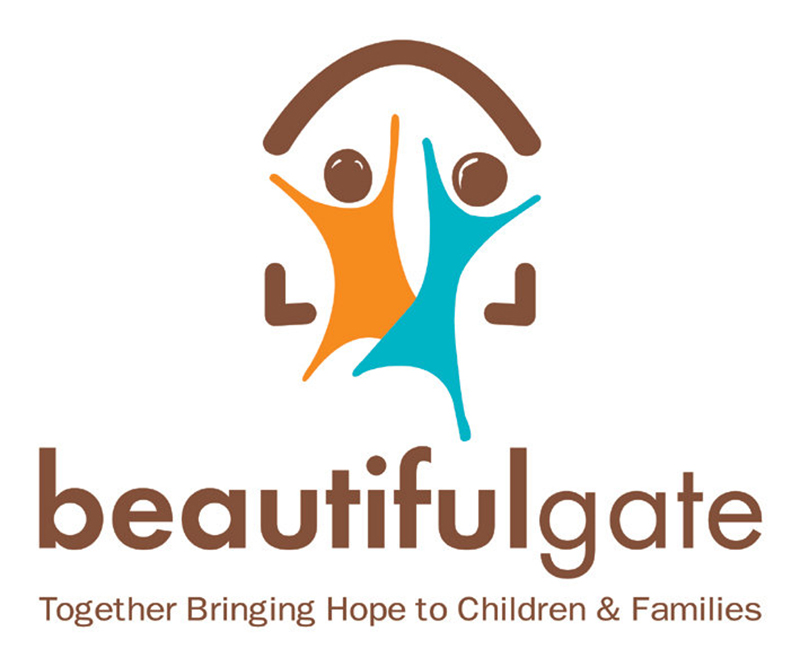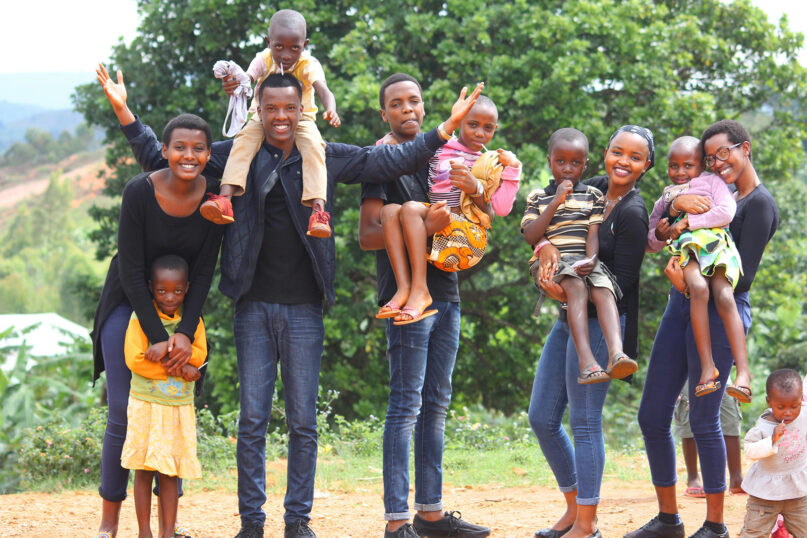(RNS) — In South Africa, a baby boy I will call Themba was placed in our children’s home when he was just 2 years old. His father had died, and his mother, who was blind and HIV-positive, could no longer care for him. After he turned 5, his mother died as well. Though we provided him with the best shelter, food and medical care possible, we worried about his future growing up without the love of a family.
Vulnerable children such as Themba are the reason an increasing number of organizations, including mine, Beautiful Gate South Africa, have reconsidered our model of care. Decades of research have uncovered the limitations of residential care, orphanages and children’s homes, and the importance of a family in the healthy development of children.
This has caused a widespread transition away from the residential care model and toward a model that seeks out family-based solutions for vulnerable children. Beautiful Gate no longer has a children’s home. Our aim now is to strengthen families to raise thriving children.
Founded in 1994 by a missionary couple from the Netherlands, Toby and Aukje Brouwer, Beautiful Gate got its start as a children’s home in a suburb of Cape Town. Because public primary health care initiatives for HIV patients focused only on adults, we worked with the government to open a clinic for the underserved population of HIV-positive children in the low-income community on the outskirts of the city. As a medical doctor, I managed the care and end-of-life treatment for the children dying of HIV and AIDS.
But when antiretrovirals, the medication used to treat HIV, became available for kids, there was suddenly hope for a longer life for many of them. We could stop functioning solely as a hospice and could think about the future. And so could the children. As you might expect, they wanted to be reunited with their families.
And indeed, 80% of the children we served had families elsewhere. Often, the children were only separated from them because their relatives didn’t have the resources or medical expertise to care for a sick child, or because the parents themselves were sick. Where children were orphaned or removed due to abuse, many had been disconnected from their extended family. With all of this in mind, we had to ask if our ministry outcomes truly lived up to what we were trying to achieve. Were we really investing our time and resources wisely?

Beautiful Gate logo. (Courtesy image)
It turns out, there is a hefty cost associated with a residential care model — a cost that neither donors nor children should have to pay.
We quickly learned that reuniting children with their families is no small financial feat, but over the long term, we realized, the costs are actually lower to return children home. With the same annual operating budget that Beautiful Gate used to serve 40 children per year in a residential home, we now are able to offer family-centered programs and services to thousands of children each year. Though stunning, these numbers align with data showing it can cost up to 80% less to support children through family-based care.
This family strengthening model allows families to move past a cycle of need-based dependency and into a dynamic that enables and empowers parents well into the future. When families are supported appropriately, children thrive. And when children thrive, communities are transformed. And the great news is — what is best for children also turns out to be the most cost-effective.
Far more significant than the monetary costs of institutionalized settings are the intangible costs the children themselves pay. Research on children who are living in orphanages shows that they often incur significant physical, emotional and social developmental delays that can follow them into adulthood.
Without the individualized attention found in families, children also struggle to form attachments, a vital element of successful relationships and the cornerstone of a healthy family and community. Society pays the price when these children become adults who have trouble successfully integrating into the community.
After his mother passed, Themba’s family stepped up, especially his aunt. She began to visit Themba often and reached out to us to receive counseling and support. She was eventually united with her nephew, who thrived under her care. He joined his clan and connected with his extended family, giving him a new sense of identity and belonging. Themba excelled in school throughout the rest of his childhood and now works in marketing.
While not every reunification is guaranteed to be a success, as Christ-followers, our hearts should long to bring mercy and justice to the world by restoring family connections where we can. By supporting this work that offers long-term solutions for vulnerable families, it is possible to do just that by helping children be integrated into loving, self-sustaining families.
As we learned more about what is best for children, we had to evaluate the necessity of continuing our ministry as it started. And while our hearts always desire to act in the best interests of our children, when we asked if our model of care was truly serving them best, the answer was clear. We acted accordingly, and so can you. U.S. Christians should invest their support of vulnerable children as if a child’s life depends on it — because it does.
(Dr. Vaughan Stannard is director of collaboration at Beautiful Gate South Africa. The views expressed in this commentary do not necessarily reflect those of Religion News Service.)





